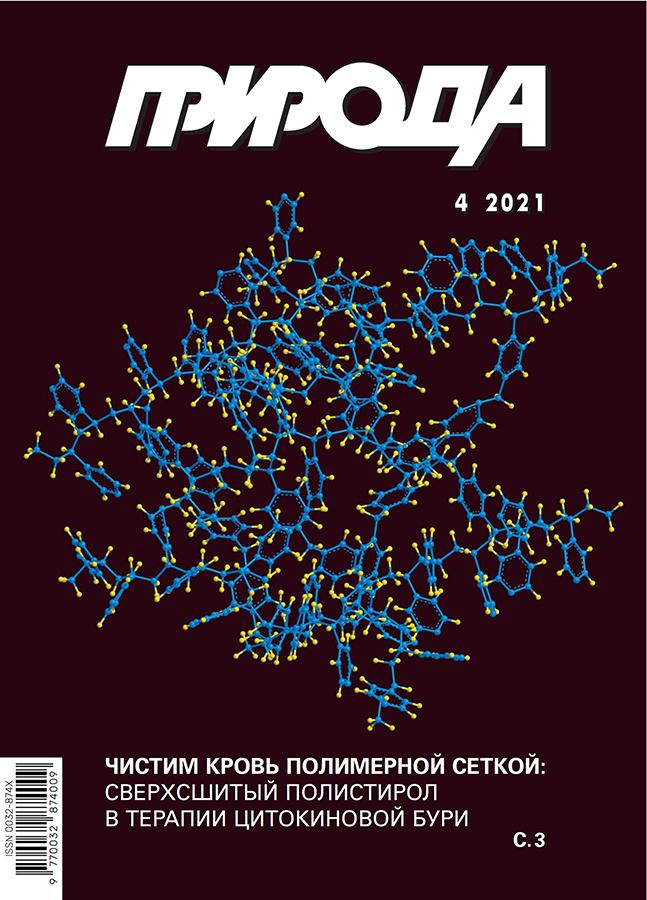The Living Fossil: the Story of the Yellow Steppe Lemming
- Authors: Prokopov K.P1
-
Affiliations:
- Sarsen Amanzholov East Kazakhstan University
- Issue: No 4 (2021)
- Pages: 46-56
- Section: Articles
- URL: https://journals.eco-vector.com/0032-874X/article/view/627979
- DOI: https://doi.org/10.7868/S0032874X21040050
- ID: 627979
Cite item
Abstract
The yellow steppe lemming (Eolagurus luteus) was first recorded by E.A. Eversmann on February 9, 1826, near Northwestern Ustyurt, and was described by him lately, in 1840. About a million years ago, the yellow steppe lemming had a vast range, stretching from Western Romania to Transbaikal. However, in the western part of the range, it disappeared, like some other animals. By the middle of the 19th century, the yellow steppe lemming inhabited the semi-deserts from the lower reaches of the Urals to Eastern Kazakhstan and was abundant everywhere. In the second half of the 19th century, it became completely extinct in most regions of Kazakhstan. In the mid-1960s, we found the yellow steppe lemmings in the east of the Zaysan depression, where this rodent still inhabits gravelly-clay and gravelly-sandy areas, feather-grass steppe, the floodplains, and the forb-grass valleys of dry streams. The animals feed mainly on the vegetative parts of wormwood and cereals. They breed from March to October; litter size is up to eight pups. They are active around the clock and all year round. Periodically, there are yellow steppe lemming population outbreaks. During periodical winter migrations, countless yellow steppe lemmings rush across Lake Zaysan. Not all of them manage to overcome long distances (the width of the lake along the migration routes is about 30 km), and an incredible number of animals die.
About the authors
K. P Prokopov
Sarsen Amanzholov East Kazakhstan University
Email: prokopov_uk@mail.ru
Ust-Kamenogorsk, Republic of Kazakhstan
References
- Прокопов К.П. Млекопитающие, ранее не указывавшиеся в литературе для низовий р.Черный Иртыш. IX Научн. конф. проф.-преп. состава. Усть-Каменогорск. 1968; 64–66.
- Прокопов К.П. Экология желтой пеструшки. Зоол. проблемы Сибири. 1972; 455–456.
- Прокопов К.П. Желтая пеструшка. Труды Второго Всесоюзного совещания по млекопитающим. М., 1975; 173–174.
- Исмагилов М.И., Бекенов А.Б. Условия пребывания и биология желтой пеструшки Lagurus luteus в Зайсанской котловине. Зоол. журн. 1969; 48(12): 1869–1878.
- Прокопов К.П., Кайрбекова А.М. Материалы по экологии красно-книжных видов пресмыкающихся и млекопитающих Восточного Казахстана. Региональный компонент в системе экологического образования. Усть-Каменогорск, 2017; 189–191.
- Прокопов К.П. Желтая пеструшка. Млекопитающие Восточного Казахстана (фауна, экология, охрана). Усть-Каменогорск, 2019, 240–261.
- Шубин И.Г., Слудский А.А. Желтая пеструшка. Млекопитающие Казахстана. Алма-Ата, 1978; 1(3): 291–313.
- Шубин И.Г. Новые данные о распространении грызунов в Зайсанской котловине. Зоол. журн. 1967; 46(5): 247–249.
- Прокопов К.П. От родника до родника. Усть-Каменогорск, 2019; 130–134.
- Прокопов К.П., Стариков С.В. О вспышках численности желтой пеструшки (Eolagurus luteus Eversmann, 1840) в Зайсанской котловине (Восточный Казахстан). Selevinia. Зоологический ежегодник Казахстана и Центральной Азии. Zoological Yearbook of Kazakhstan and Central Asia. 2020; 28: 237–240.
Supplementary files









